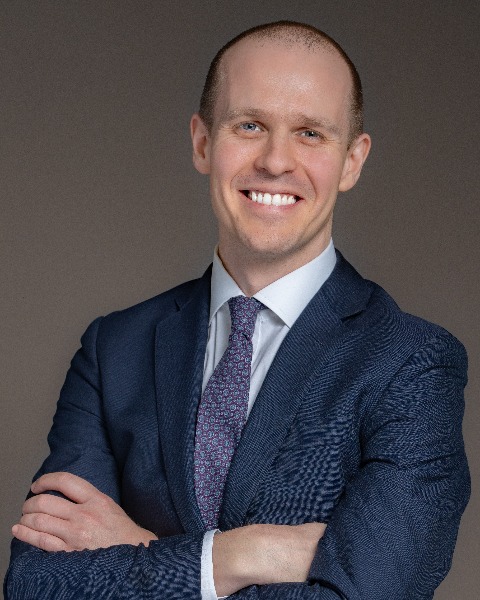Basic Science
Comparison of Epidural and Transcutaneous Spinal Cord Stimulation and Their Synergistic Interaction With Brain Stimulation
Friday, February 21, 2025
7:00 AM - 2:00 AM EST

Evan F. Joiner, MD
Neurosurgery Resident
New York Presbyterian / Columbia University
New York, NY, US
Presenting Author(s)
Disclosure(s):
Evan F. Joiner, MD: No financial relationships to disclose
Introduction: Spinal cord stimulation (SCS) is emerging as a therapy for movement recovery after spinal cord injury (SCI). SCS activates sensorimotor circuits and is primarily implemented via epidural or transcutaneous approaches. Brain stimulation may be paired with either approach to integrate spinal sensory and descending motor activation. Direct comparisons of epidural and transcutaneous SCS are lacking.
Methods: We compared efficacy and selectivity of both forms of SCS in isolation or combined with brain stimulation. We hypothesized that epidural SCS would facilitate brain stimulation both more effectively and selectively than transcutaneous SCS. We employed epidural SCS paired with transcranial electrical brain stimulation (TES) in anesthetized individuals undergoing elective cervical decompression surgery and recorded motor responses from arm and leg muscles. We compared these to responses from transcranial magnetic stimulation (TMS) paired with transcutaneous SCS in individuals with SCI and in healthy volunteers. Both SCS modalities were applied with brain stimulation at varied intervals to determine optimal timing for synergistic effects.
Results: 59 participants underwent epidural SCS paired with TES during elective cervical spine surgery, and 29 participants (15 with SCI, 14 healthy volunteers) underwent transcutaneous SCS paired with TMS. Pairing stimulation between motor cortex and spinal cord produced MEPs larger than the sum of brain-only and spinal-only responses regardless of injury severity. However, facilitation of paired stimulation was an order of magnitude larger for epidural SCS than for transcutaneous SCS. We observed that pairing with epidural SCS is more selective than the brain-only or spinal-only conditions; this has not yet been observed with transcutaneous SCS.
Conclusion : Epidural SCS, particularly when paired with brain stimulation, produces higher facilitation and selectivity than transcutaneous SCS. It remains unclear whether neuromodulation strategies will provide better recovery when they prioritize efficacy or selectivity. Selective activation might benefit patient recovery without causing excessive muscle activation or off-target effects, while more generalized activation of cervical circuits may be more efficacious and could be shaped by use.

.jpg)